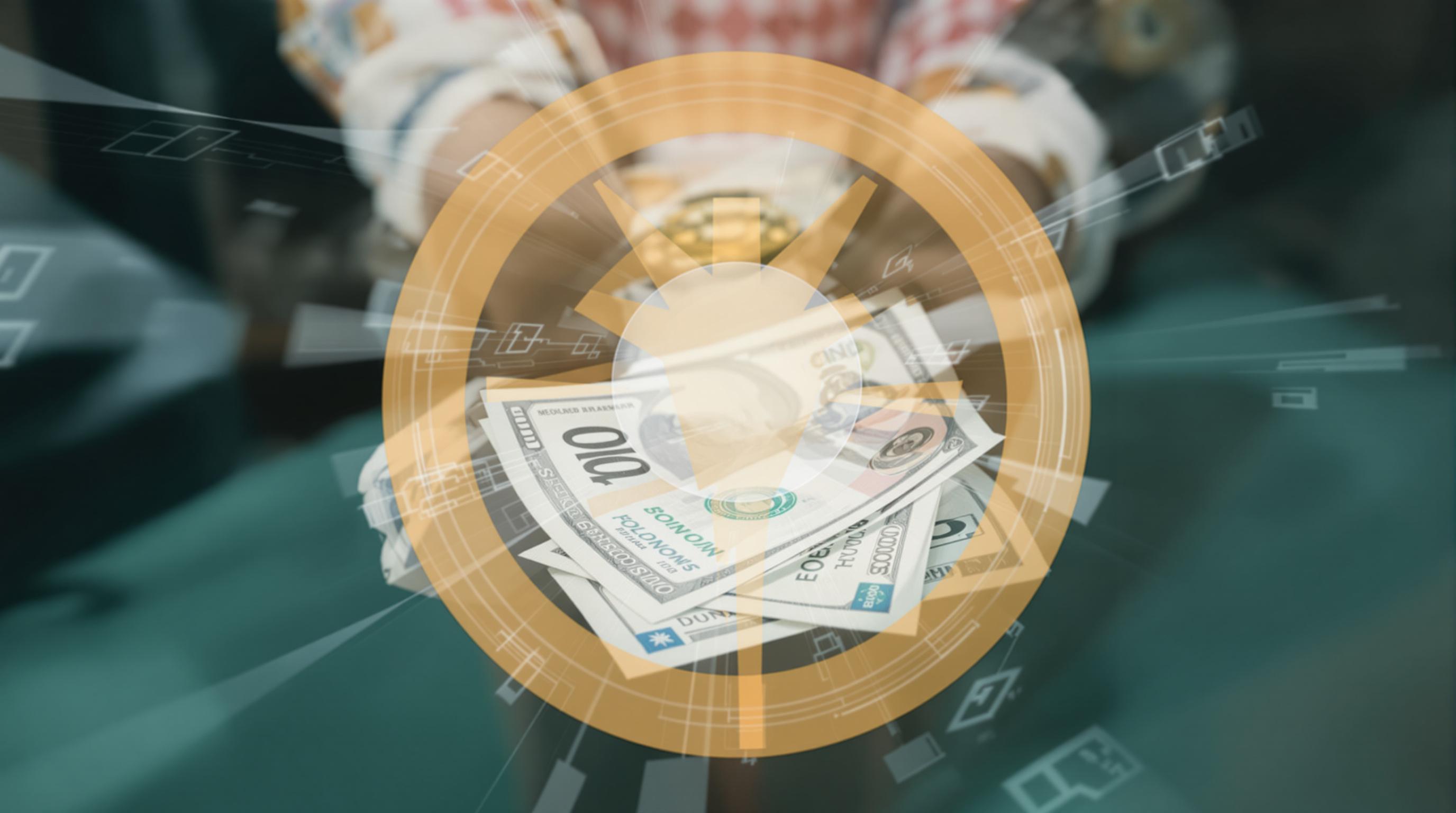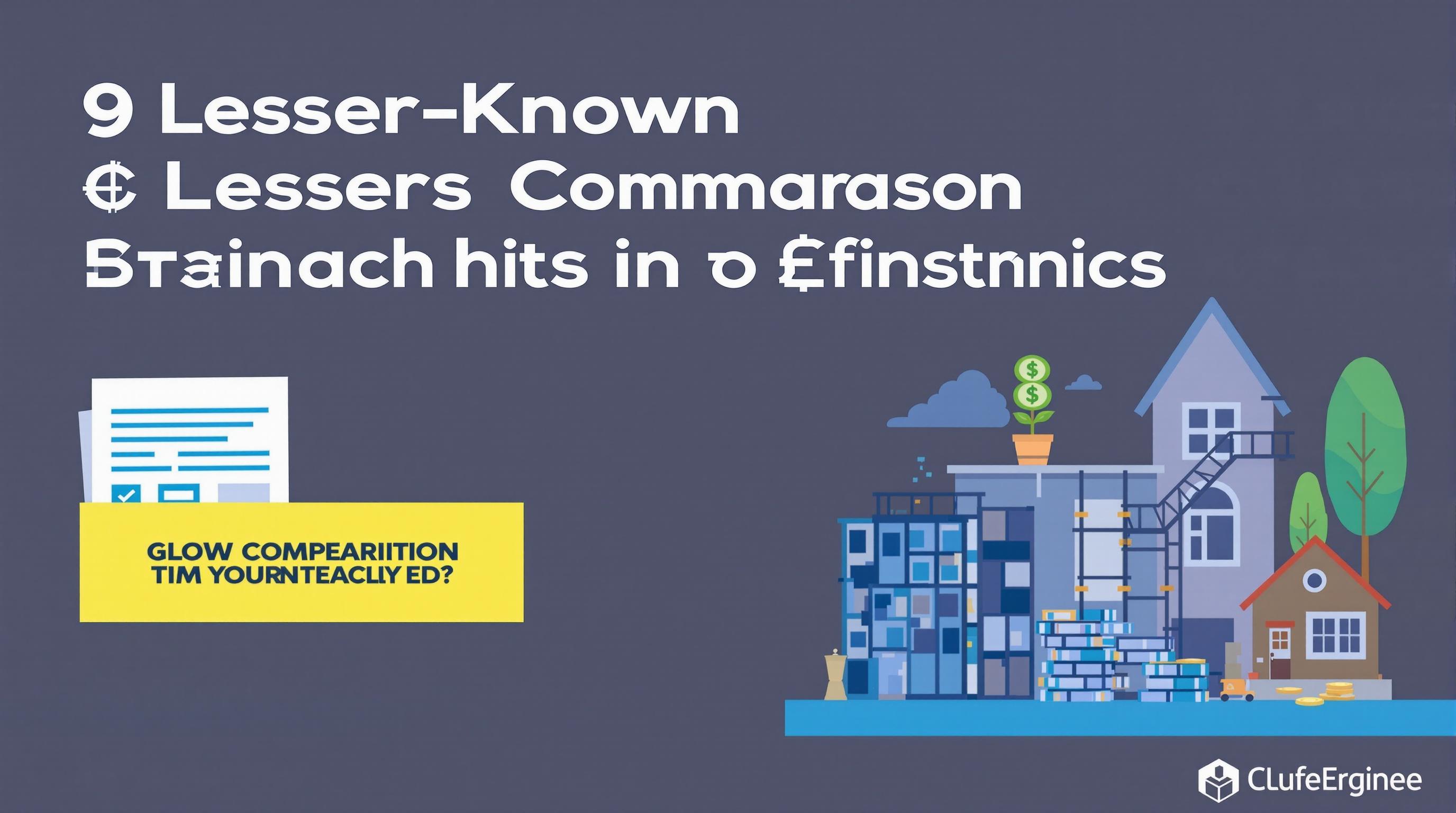Related Articles
- Top 6 Niche Credit Cards from the Past Five Years That Exploit Unseen Reward Loopholes
- Unmasking the Silent Influence of Social Media Challenges on Long-Term Financial Behavior and Credit Recovery
- How Microcredit Dynamics in Remote Communities Are Redefining Access and Trust Beyond Traditional Credit Metrics
- How Cultural Attitudes Shape Collective Borrowing Habits and Their Impact on Financial Unification Strategies
- Top 5 Under-the-Radar Digital Loan Services Launched Since 2019 That Are Disrupting Traditional Borrowing Norms
- Top 6 Cutting-Edge Financial Wellness Platforms Redefining Debt Recovery Tools Released Since 2019
Top 10 Cutting-Edge Borrowing Options Launched Since 2019: In-Depth Rankings and Buyer Insights
Top 10 Cutting-Edge Borrowing Options Launched Since 2019: In-Depth Rankings and Buyer Insights
Top 10 Cutting-Edge Borrowing Options Launched Since 2019: In-Depth Rankings and Buyer Insights
1. Peer-to-Peer Lending Platforms
Since 2019, peer-to-peer (P2P) lending platforms have surged in popularity by directly connecting borrowers with individual lenders. These platforms cut out banks, lowering costs and speeding approval times. Typical interest rates vary widely, often depending on borrower creditworthiness and platform policies.
Borrowers appreciate the streamlined application processes and flexible loan terms. However, risks remain as these loans are typically unsecured, and lenders face default risks. Platforms like LendingClub and Upstart have enhanced credit models, incorporating AI to better assess risk.
For buyers seeking alternatives to traditional bank loans, P2P offers access to capital that once required institutional underwriting. It is crucial to compare rates and read platform policies carefully. According to the Cambridge Centre for Alternative Finance, P2P lending volume globally surpassed $10 billion by 2022.
2. Buy Now, Pay Later (BNPL) Services
Emerging strongly post-2019, BNPL options allow consumers to split purchases into interest-free installments. Retail giants and startups alike have embraced BNPL, making it a preferred option for small to medium purchases without accruing high credit card interest.
Services like Klarna, Afterpay, and Affirm provide seamless integration at checkout. Buyers benefit from instant approvals and transparent repayment terms, but frequent use without planning can lead to debt accumulation. Data from PYMNTS.com in 2023 shows over 45% of US online shoppers have used some form of BNPL.
BNPL’s convenience masks a need for financial discipline. For consumers with good credit, it’s an efficient borrowing tool. For riskier credit profiles, defaults can quickly escalate. Understanding exact repayment dates and potential late fees remains essential.
3. Digital Microloans
Digital microloans target borrowers needing small sums with rapid turnaround times, often deployed via mobile apps. Since 2019, fintech companies have pushed forward automated underwriting models, allowing loans in minutes without collateral.
Typical uses include emergency expenses and short-term cash flow gaps. While the convenience is undeniable, these loans often carry higher interest rates due to increased risk and absence of security. Regulations vary by jurisdiction, impacting availability and terms.
Platforms like Tala and Branch serve emerging markets with millions of users, providing financial inclusion for the underbanked. Buyers should approach microloans as short-term fixes, ensuring plans to repay promptly to avoid high interest accumulations.
4. Green Loans for Sustainable Projects
New since 2019, green loans support financing of environmentally friendly projects—from home solar installations to energy-efficient appliances. Banks and specialty lenders offer competitive rates and incentives tied to project sustainability.
Borrowers benefit from lower interest rates, longer terms, and sometimes government-backed subsidies. Lenders employ strict certification standards to ensure funds support genuinely green initiatives, adding transparency.
For buyers with environmental goals, this borrowing option aligns finance with impact. The International Finance Corporation reported a doubling of green loan issuance from 2019 to 2023, signaling growing demand. Eligibility criteria can be stringent and require proof of sustainable use.
5. Cryptocurrency-Backed Loans
Launched in the past few years, crypto-backed loans allow holders to leverage assets like Bitcoin as collateral without selling. This innovation provides access to liquidity while retaining exposure to cryptocurrency’s potential upside.
Lenders such as BlockFi and Nexo facilitate rapid loans with interest rates typically lower than unsecured options. However, crypto volatility poses risks both to borrower collateral and lender portfolios, requiring dynamic margin calls and liquidation protocols.
Buyers versed in cryptocurrency find these loans useful for bridging cash needs or funding trading opportunities. Due diligence on platform security and regulatory compliance is critical, given the nascent state of the market.
6. Income Share Agreements (ISAs)
ISAs have grown since 2019 as an alternative borrowing model connected to future income rather than fixed loan payments. Originally popular in education financing, they offer repayments linked to borrower earnings, capping total payments.
This model aligns lender and borrower incentives and can reduce default rates. Critically, ISAs involve contractual complexity and require buyers to understand terms fully, such as percentage of income and payment duration.
Expansion into career training and professional development loans illustrates the flexibility of ISAs. According to the Brookings Institution, ISA programs have shown promising repayment compliance but remain subject to evolving regulation.
7. Flexible Credit Lines via Fintech Apps
Fintech apps like Chime and Varo have introduced revolving credit lines accessible instantly through mobile interfaces. Launched widely after 2019, these products bridge gaps without requiring full personal loans or credit cards.
Users can draw funds as needed and repay flexibly, often with low or no fees if repaid within agreed periods. Credit limits adjust dynamically based on income and spending behavior, creating personalized borrowing experiences.
For buyers wanting controlled access to credit without traditional bank hurdles, these lines offer simplicity and transparency. However, responsibility is key to prevent spiraling balances. Consumer Reports recommends reviewing app terms and understanding impact on credit scores before usage.
8. Embedded Finance Loans
Emerging from the integration of financial services directly within non-bank digital platforms, embedded finance loans launched since 2019 reduce friction for consumers seeking financing. Examples include car dealerships and ecommerce platforms offering instant loan approval in-app.
This seamless experience enhances buyer convenience and can improve approval odds by leveraging platform data. Interest rates and terms vary but tend to be competitive due to reduced origination costs.
For buyers, embedded loans marry simplicity and speed with traditional underwriting standards. According to McKinsey, embedded finance market value could exceed $230 billion by 2025, signaling strong adoption.
9. Social Lending Networks
Social lending networks, different from traditional P2P platforms, harness community-based borrowing power with informal or semi-formal agreements supported by technology. Since 2019, these networks gained popularity for reliable, low-cost loans among trusted groups.
Borrowers leverage social capital to secure better terms and foster accountability. These networks often include social scoring systems to minimize defaults. Lending often takes place via mobile interfaces with robust communication features.
Buyers enjoy personalized service and flexible terms but must trust group dynamics to function. Research from the World Bank highlights social lending’s role in financial inclusion within low-income communities.
10. AI-Powered Dynamic Repayment Loans
The latest innovation uses advanced AI to tailor loan repayment schedules dynamically based on real-time income and spending data. Since 2019, lenders have piloted this concept to create more borrower-friendly payment flows that adjust to financial circumstances.
This approach reduces default risk by allowing temporary payment reductions or increases aligned with cash flow. Automatic adjustments provide flexibility, but borrowers must consent to ongoing data access for accuracy.
Buyers facing variable income streams—such as freelancers—find these loans beneficial. Early studies in fintech journals cite improvements in repayment adherence and customer satisfaction (FinTech Digest, 2023).




